What Is A Solar Inverter And How Does It Work?
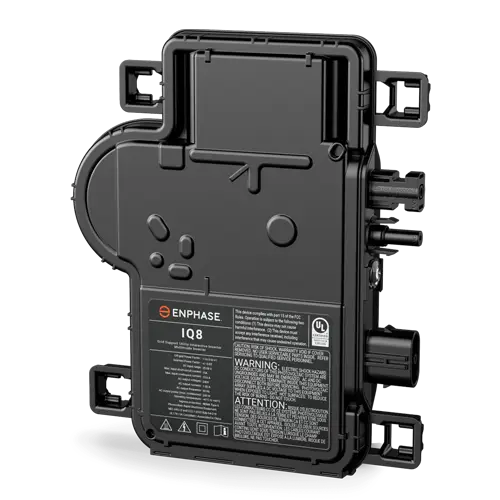
What You’ll Learn in This Guide to Solar Inverters
If you’re considering solar energy for your home or business, understanding the role of the solar inverter is key to maximizing your system’s efficiency. This guide will walk you through everything you need to know.
Here’s what you’ll learn:
- How solar inverters convert DC to AC power
- Key differences between microinverters and string inverters
- The benefits of weatherproof inverters
- Solar inverter brands we offer and why we trust them
What Is A Solar Inverter?
A solar inverter converts the direct current (DC) electricity produced by your solar panels into alternating current (AC) electricity, which is used to power homes, businesses, and the grid. Inverters play a critical role in making solar energy usable by rapidly switching the direction of DC to create AC, powering everyday appliances and systems.
- Converts solar power into usable electricity
- Ensures compatibility with home/business energy needs
- Supports integration with the electrical grid
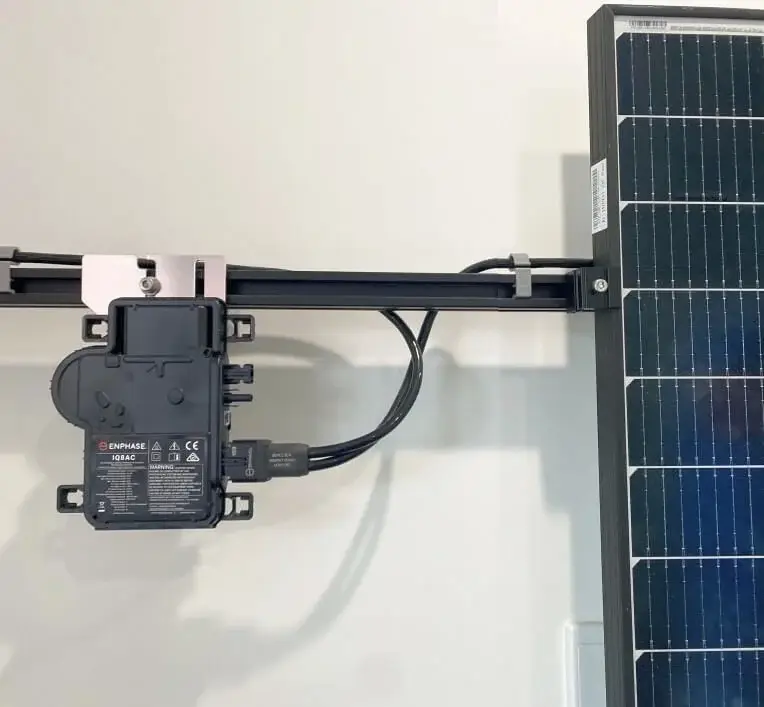
How Does A Solar Inverter Work?
Now that you understand what a solar inverter does, here’s how it works in three simple steps.
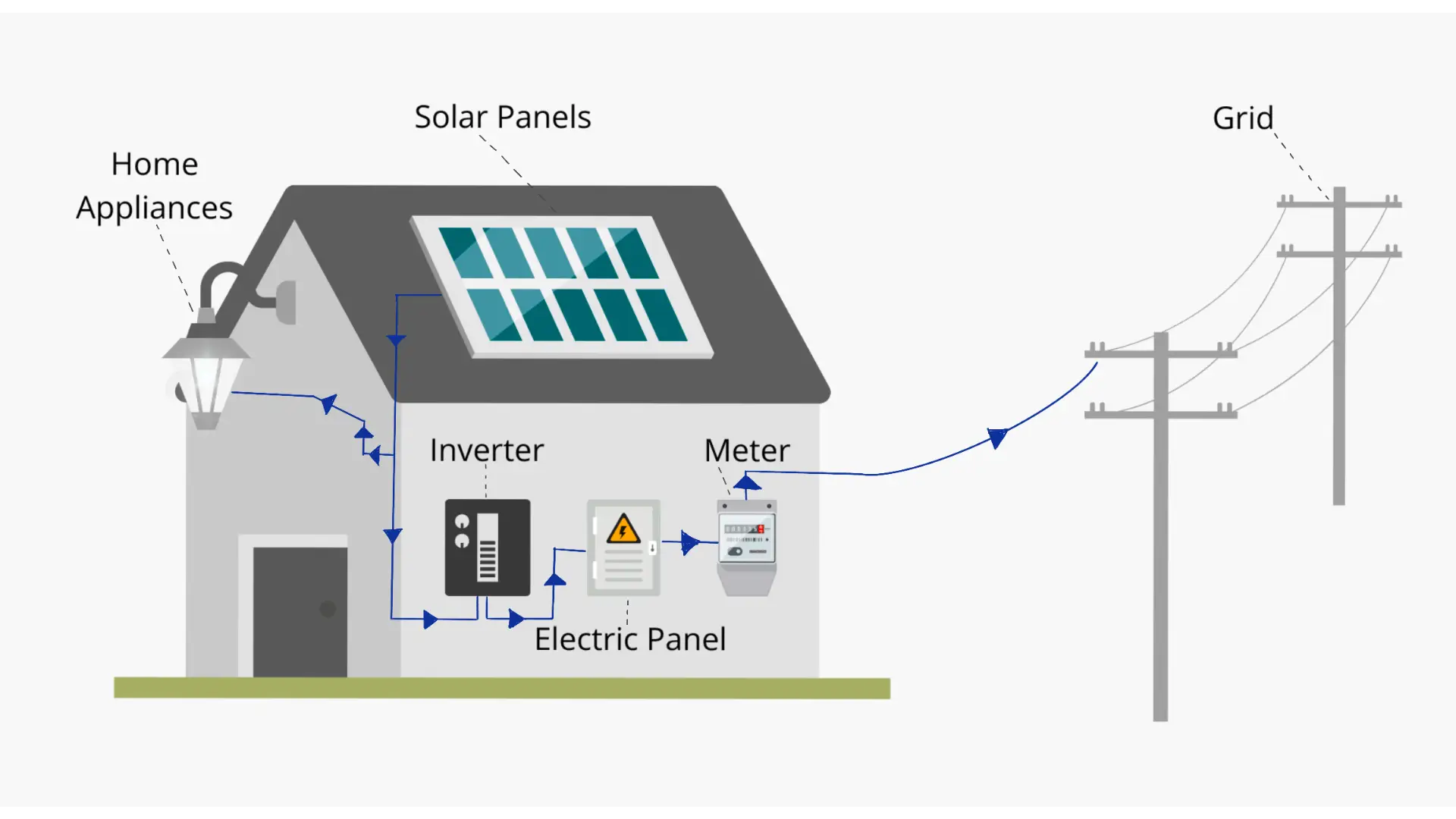
Direct Current (DC) Enters The Inverter
The inverter receives DC electricity from the solar panels, which flows in a single direction with consistent voltage.
The Inverter Converts The Power Current
The inverter rapidly switches the direction of the current, converting the one-way DC into alternating current (AC).
The inverter Outputs Alternating Current (AC) Power
Following the directional switch, the inverter transforms the DC energy into a more versatile form, generating alternating current (AC). This AC power output is now prepared for seamless integration into homes, businesses, or the electrical grid, catering to a diverse range of electrical devices and systems.
What Are The Types Of Solar Inverters?
Solar inverters have evolved with advancing technology. The two most common types are string inverters and microinverters, each suited to different system designs.
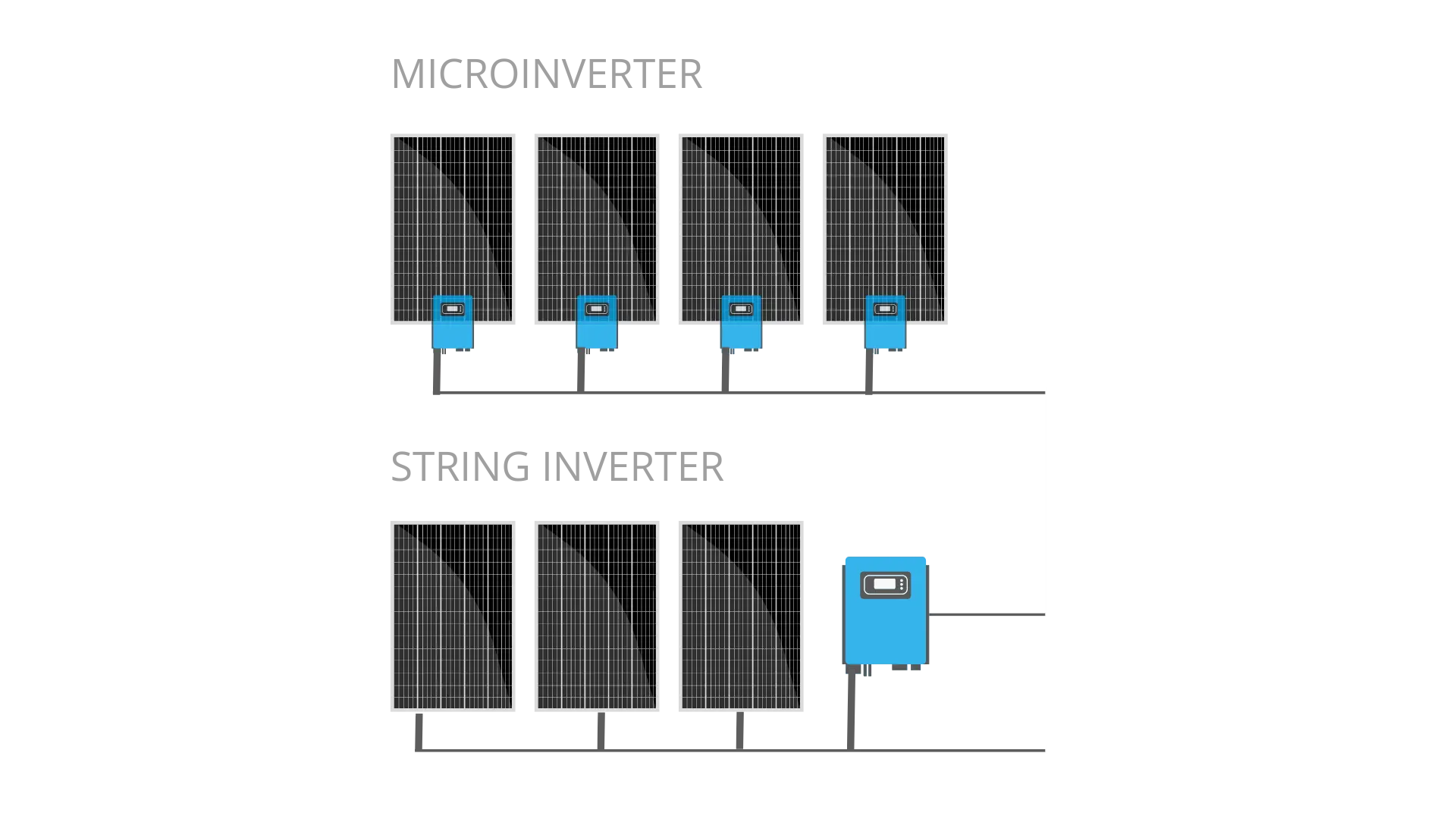
Factors to Consider When Choosing a Solar Inverter
Choosing the right solar inverter for your system is essential for maximizing performance and ensuring your system runs smoothly for years to come. Here are some key factors to think about when making your decision:
-
System Size:
Choose microinverters or string inverters based on your system size.
-
Budget:
Compare the cost and savings of microinverters vs. string inverters.
-
Shading:
Microinverters work better in areas with shading or uneven sunlight.
-
Warranty:
Check inverter warranties and manufacturer support.
Top Solar Inverter Brands We Offer
Explore the leading solar inverter brands that provide reliable, efficient, and innovative solutions for your solar energy system.
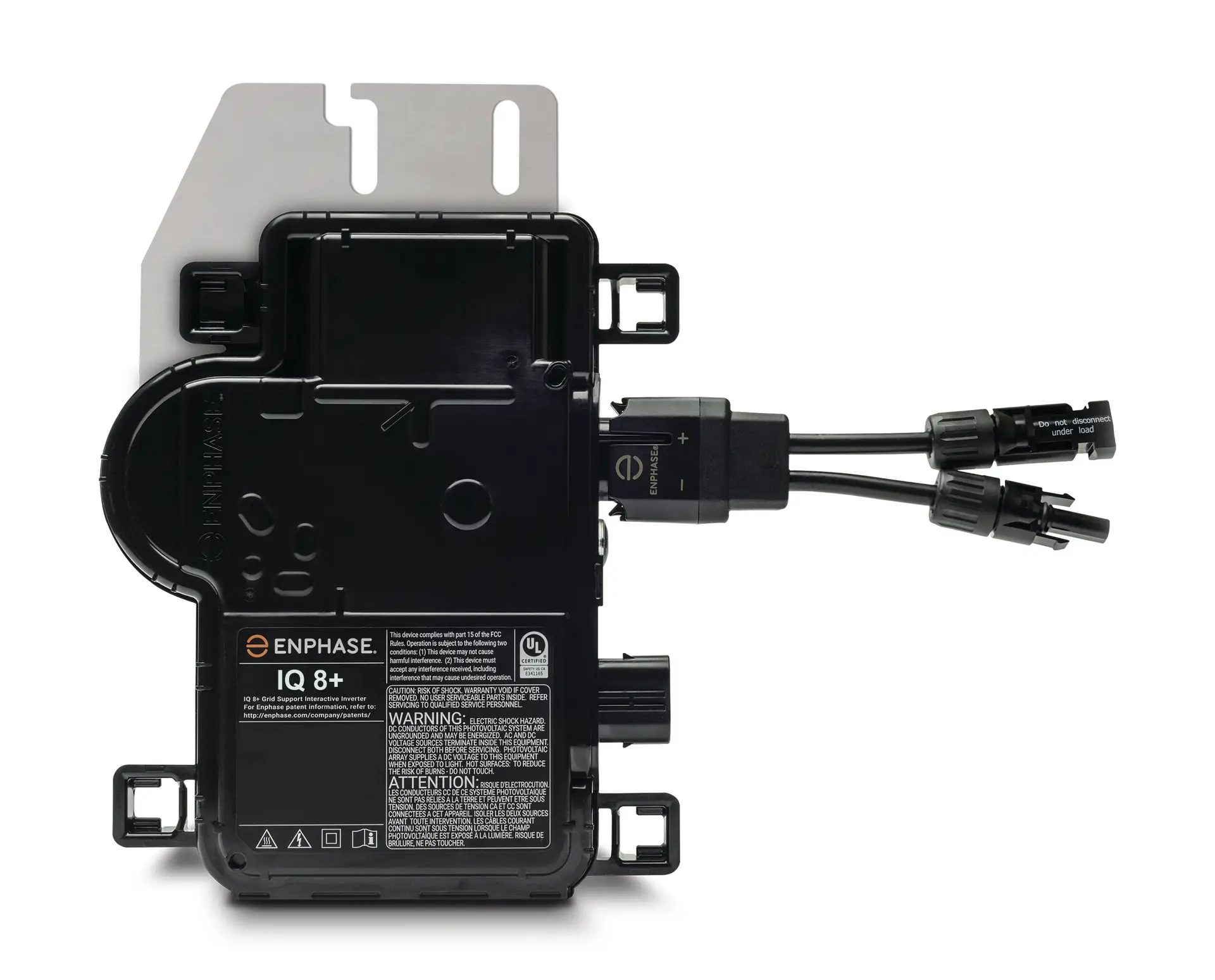
Enphase IQ8 Series Microinverter
The Enphase IQ8 Microinverter offers efficient solar power management with features like sunlight backup and real-time performance tracking, even during grid outages.
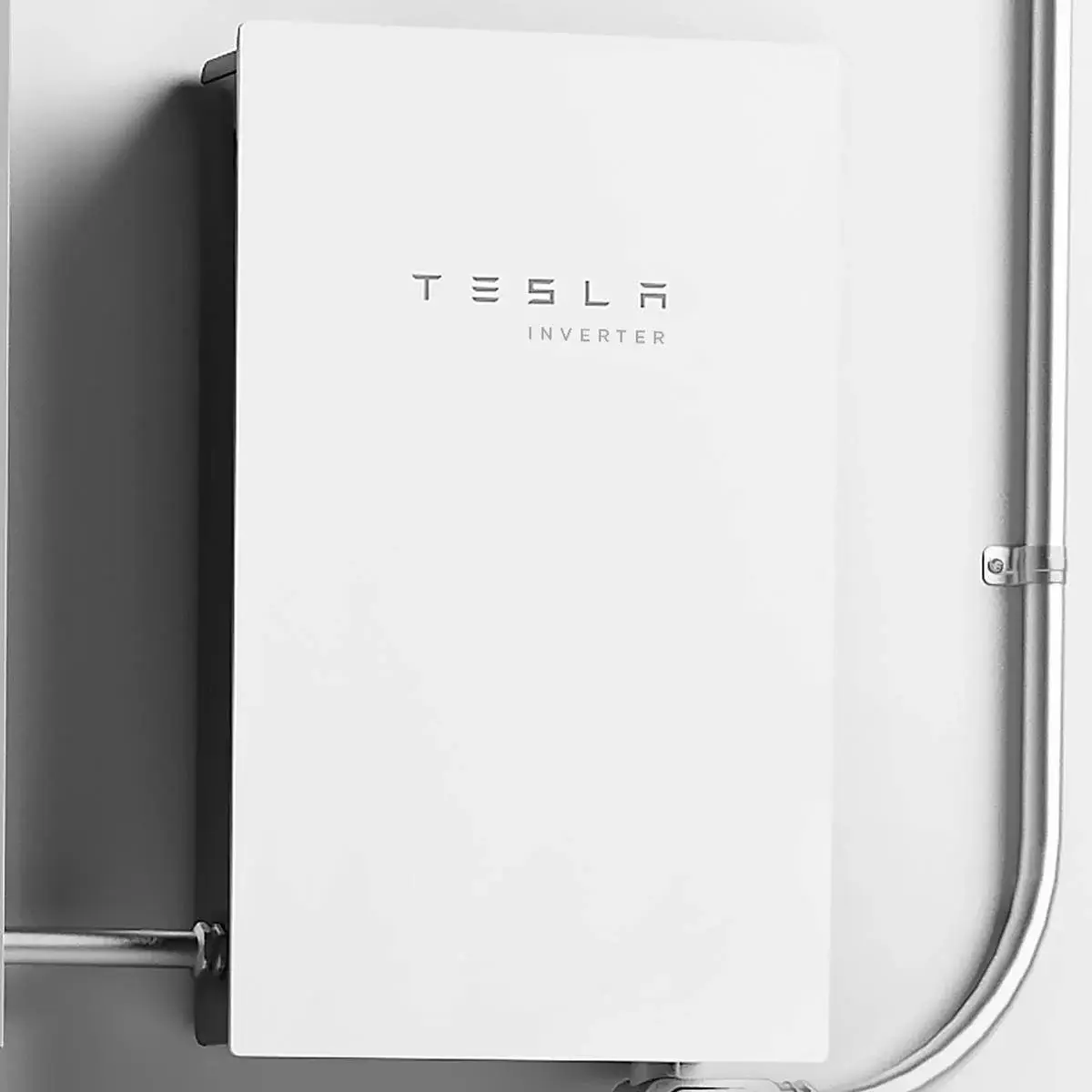
Tesla Solar Inverter
The Tesla Solar Inverter converts DC to AC power and integrates seamlessly with Tesla’s solar systems for reliable performance and easy updates.
What is a Micro-Inverter?
On the other hand, in a micro-inverter each solar panel is connected to its dedicated micro-inverter. This design ensures that the performance of each panel is independent of the others, mitigating issues related to shading or malfunctions in one panel affecting the entire system, thus enhancing the overall efficiency of the solar system and output.
A microinverter is installed on each individual solar panel, allowing every panel to operate independently. If one panel is shaded or underperforms, it won’t affect the rest—helping maximize your system’s efficiency.
Best for: Homes with shade, complex roof angles, or where panel-level monitoring and performance matter most.
What is a String Inverter?
A string inverter connects a group of solar panels (a “string”) to one central inverter. It’s a simple, reliable, and cost-effective setup—but if one panel underperforms, it can impact the entire string.
Best for: Larger or unshaded systems with consistent sun exposure.
Are Solar Inverters Weatherproof?
Solar inverters are indeed designed with weatherproof features, ensuring their resilience to various environmental conditions. These inverters are engineered for outdoor installation, constructed to withstand the challenges posed by diverse weather elements such as rain, snow, and humidity. The weatherproof design guarantees that solar inverters can consistently and efficiently convert solar energy into usable electricity, contributing to their extended lifespan.
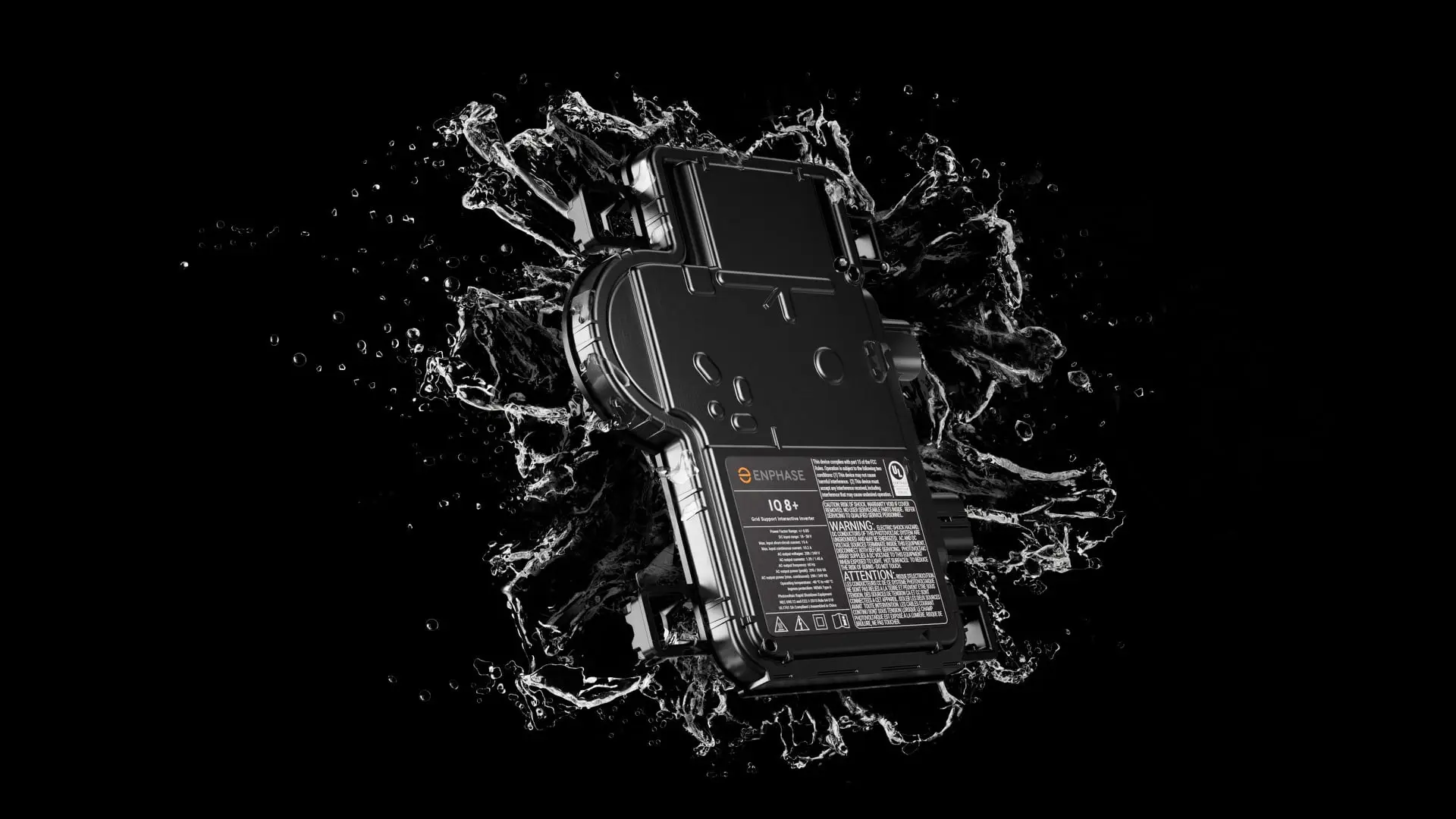
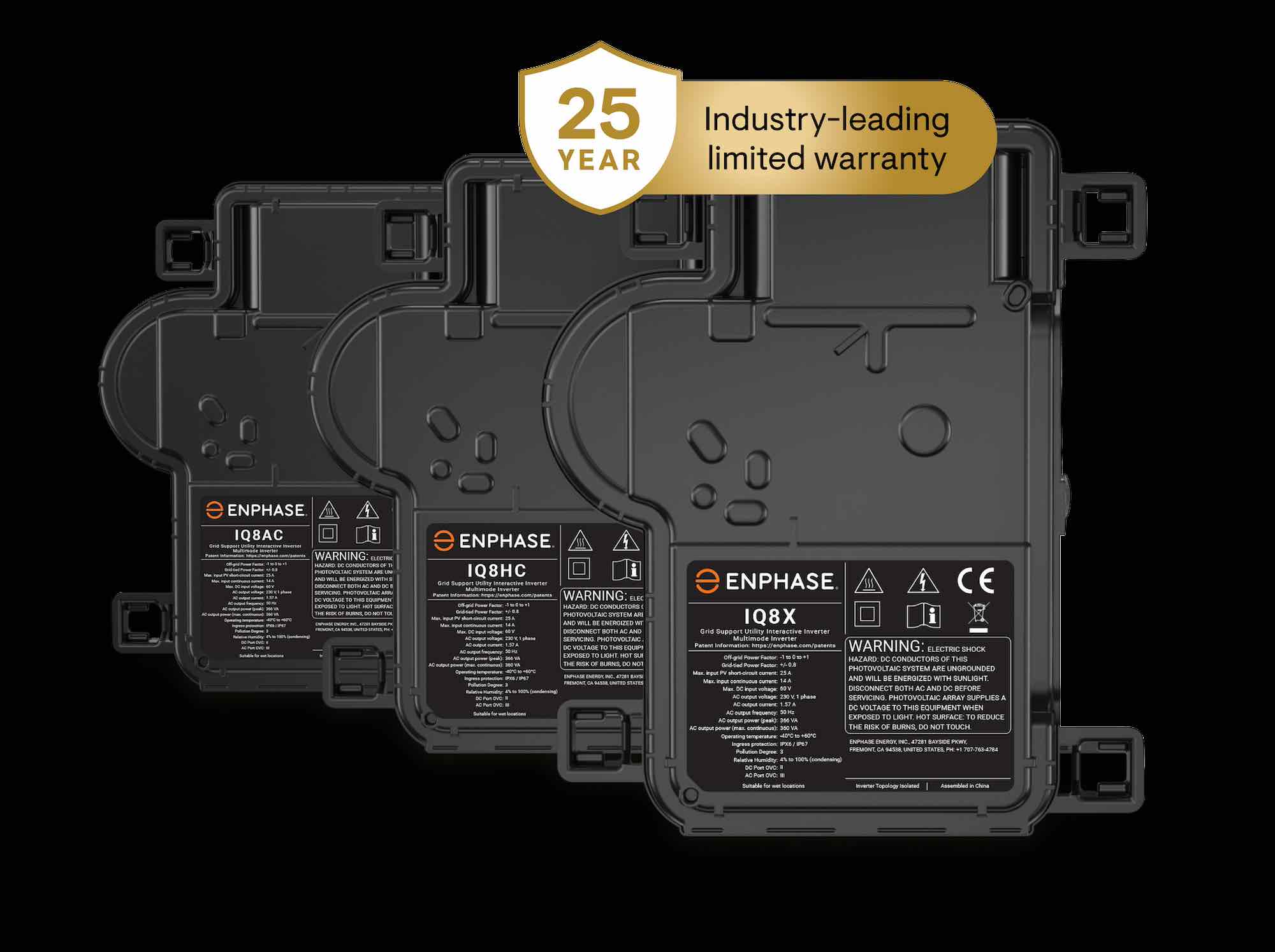
Does Solar Inverters Come With A Warranty?
Warranty coverage for solar inverters can vary from one solar company to another as it all depends on the terms and conditions outlined in the solar warranty offered by each company and the manufacturer of the inverter installed. However, at Solstice Solar we offer a 25-year warranty for the solar inverters we install. We use Enphase Energy micro-inverters ensuring reliable performance and optimizing solar energy generation.
Let’s Find the Perfect Solar Inverter for You!
Ready to take control of your energy needs with the right solar inverter? Our team is here to guide you in making the best choice, tailored to your unique needs.
